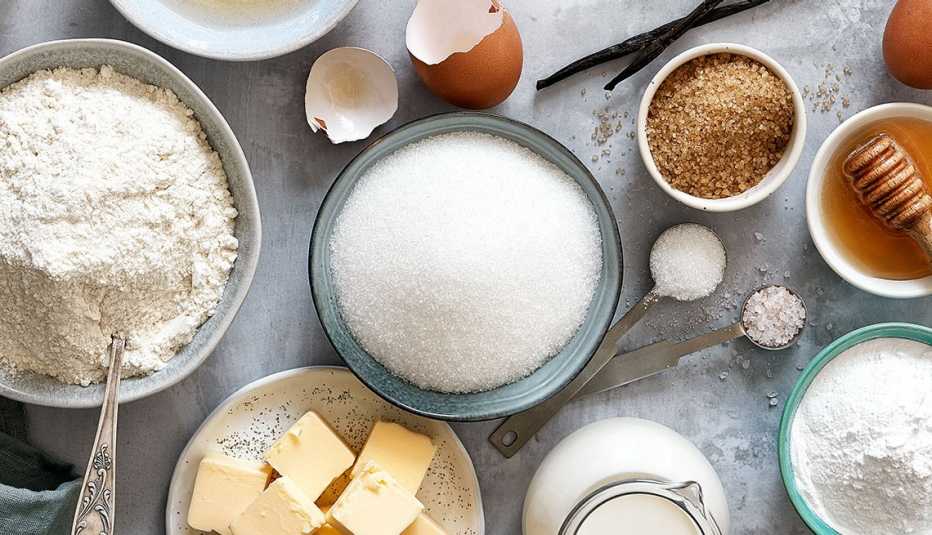AARP Hearing Center


Whatever you put in your holiday tins — chocolate caramel turtles, gingerbread or a decadent cake —holiday bakes typically have at least two main ingredients in common: love and sugar.
While the former is in infinite supply — especially during the holiday season — the latter might be harder to come by this year thanks to a global sugar shortage due to climate change. “Consumers may see less sugar or a lack of sugar right before the busy holiday baking season,” says food shortage expert Patrick Penfield, professor of supply chain practice at Syracuse University.
But don’t cancel your cookie exchange just yet. Although it’s true that farmers overseas are producing less sugar, the impact on home bakers in the United States isn’t entirely clear yet. And even if sugar at your local supermarket is scarce, there’s an ample supply of alternative sweeteners with which to keep your holiday baking tradition alive.
Here’s everything you need to know about the possible sugar shortage, including what to substitute if you don’t have any on hand.
Types of sugar that may be affected
Because they’re made from the same sugarcane, Penfield says, all sugars will be impacted, including granulated, brown and powdered sugar.
Less impacted, meanwhile, will be premade candies — things like sprinkles and M&Ms. “Most of that stuff that we’re going to be using for the holiday season has been made already,” Penfield explains. “It’s usually stockpiled in warehouses and distribution centers for the holiday season in the July-August timeframe.”
Penfield recommends shopping as soon as possible if you plan to do holiday baking. “It’s more prudent to try and get your supply now versus waiting, because it will just get worse … with people baking more,” he says.



































































More From AARP
Fun, Frustration-Free Cookie Recipes to Make With Kids
Set your baking helpers up for success with recipes that meet them where they are developmentally10 Tips to Help You Curb Your Sugar Cravings
If you constantly crave cookies and candy, these science-backed tips can help you outsmart your sweet tooth
Sweet Ways to Enjoy Baking With Grandchildren
Whether in person or virtually, strengthen bonds by sharing recipes, techniques for creating confections
Recommended for You